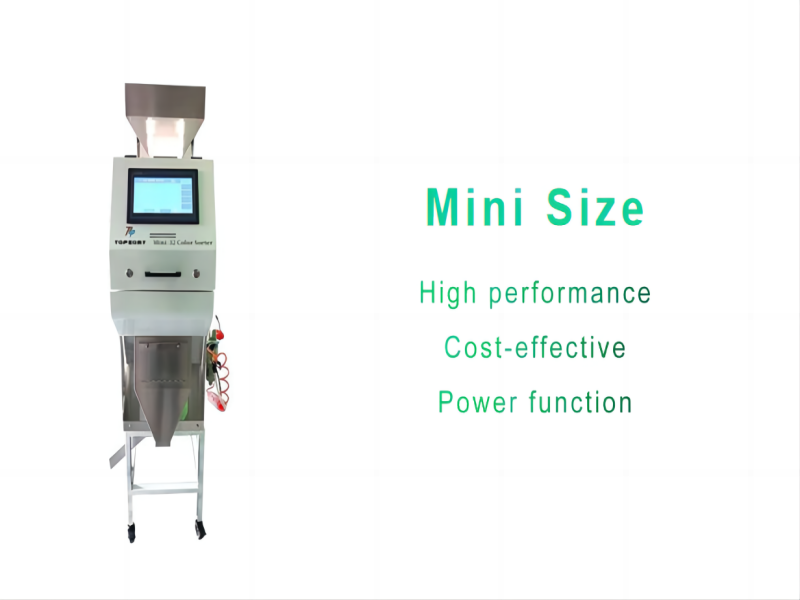¿QUÉ ESTÁS BUSCANDO?
¿Puede un clasificador de un solo color manejar múltiples materiales?
Sí, una sola clasificador de colores Puede procesar múltiples materiales, pero su eficacia depende de varios factores, como el tipo de material, sus diferencias de color y la tecnología del clasificador. Así funciona:
1. Cómo un clasificador de color maneja múltiples materiales
Máquinas clasificadoras de color utilizar sensores ópticos (cámaras CCD o cámaras de infrarrojo cercano) para detectar diferencias en:
- Color (RGB, escala de grises)
- Reflectancia (cómo la luz rebota en el material)
- Forma/Tamaño (si se combina con visión de IA)
Si los materiales presentan claras diferencias de color, el clasificador puede separarlos programando diferentes criterios de rechazo.
Ejemplos:
✔ Reciclaje de Plástico: Clasificación PET (transparente/azul) o HDPE (blanco/negro/rojo/azul/amarillo).
✔ Procesamiento de alimentos: Separación de granos de café verdes y negros, o granos defectuosos.
✔ Minería/Clasificación de minerales: diferenciación de minerales coloreados (por ejemplo, cuarzo frente a feldespato).
2. Limitaciones y desafíos
- Colores similares: si dos materiales se ven iguales (por ejemplo, PVC blanco y PET blanco), un clasificador de color básico puede tener dificultades.
- Textura de la superficie: Los acabados brillantes o mate pueden afectar la precisión.
- Velocidad vs. Precisión: Más materiales = clasificación más lenta o mayores tasas de error.
3. Soluciones para clasificar múltiples materiales
- Clasificación multiespectral: utiliza cámaras NIR + RGB para detectar la composición química (por ejemplo, diferentes plásticos).
4. Casos de demostración del efecto de clasificación multifunción
